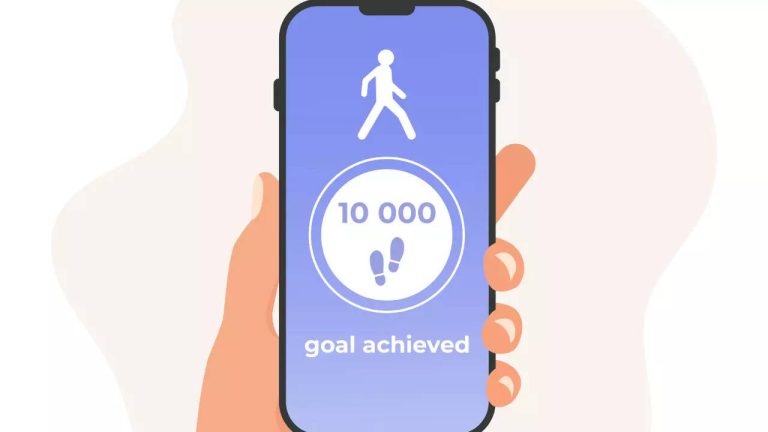The Science Behind Vaccines and Public Health
The Science Behind Vaccines and Public Health
Vaccines have been a cornerstone of public health for centuries, and their impact on preventing the spread of infectious diseases cannot be overstated. The science behind vaccines is complex, but it is essential to understand how they work and their role in maintaining public health.
What are Vaccines?
Vaccines are substances that are introduced into the body to stimulate the immune system to produce antibodies, which are proteins that recognize and fight specific diseases. Vaccines can be made from a variety of materials, including weakened or killed viruses or bacteria, toxins, or other substances.
How Do Vaccines Work?
When a vaccine is introduced into the body, it is recognized by the immune system as a foreign substance. The immune system responds by producing antibodies, which are specific to the disease that the vaccine is designed to prevent. These antibodies help to fight the disease by recognizing and binding to the disease-causing agent, thereby preventing it from causing harm.
Types of Vaccines
There are several types of vaccines, including:
- Inactivated vaccines, which contain killed viruses or bacteria
- Live, attenuated vaccines, which contain weakened viruses or bacteria
- Conjugate vaccines, which combine a weakened virus or bacteria with a carrier protein
- Subunit vaccines, which contain only a portion of the disease-causing agent
Benefits of Vaccines
- Preventing the spread of infectious diseases
- Reducing the risk of disease complications and death
- Protecting vulnerable populations, such as the elderly and young children
- Reducing the economic burden of disease on families and communities
Vaccine Safety
Vaccines are subject to rigorous testing and safety protocols to ensure that they are safe and effective. The most common side effects of vaccines are mild and temporary, such as redness and swelling at the injection site, or fever.
Public Health Impact of Vaccines
Vaccines have had a profound impact on public health, and have been responsible for the control and elimination of many infectious diseases. For example, smallpox was eradicated in 1980 through a global vaccination campaign, and polio has been nearly eradicated in many parts of the world.
Challenges to Vaccine Uptake
Despite the many benefits of vaccines, there are still challenges to vaccine uptake, including:
- Misinformation and myths about vaccine safety and effectiveness
- Access and affordability issues, particularly in low-income and middle-income countries
- Cultural and social barriers to vaccine acceptance
Conclusion
In conclusion, the science behind vaccines is complex, but it is essential to understand how they work and their role in maintaining public health. Vaccines have been a cornerstone of public health for centuries, and their impact on preventing the spread of infectious diseases cannot be overstated. By understanding the benefits and challenges of vaccines, we can work to promote vaccine uptake and protect public health.



